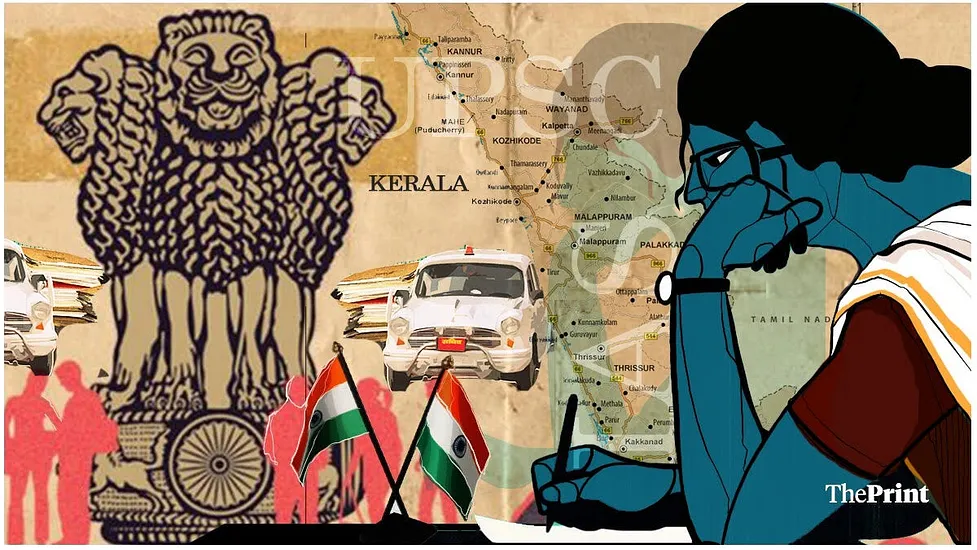Last week, Haryana promoted seven IAS officers of the 1991 batch to the top scale of chief secretary, raising the total number of such officers to 20. The list included Ashok Khemka, who enjoys the dubious distinction of having been transferred 54 times during the course of his service. For a relatively small state, having a sanctioned cadre strength of 205, including 44 posts for the central deputation reserve and 28 ex-cadre posts for the state deputation reserve, this top-heavy structure has elicited varied responses.
Some serving IAS officers cribbed that they had to wait for 31 years of service to get the apex scale, whereas they had become eligible for it upon the deemed completion of 30 years of service on 1 January 2021. But the relatively large number of such officers was also seen as symptomatic of stagnation within the IAS cadre. Neutral observers, however, commented that this was nothing but a reflection of self-serving bureaucrats rewarding themselves with the highest scale in the Government of India, even without the availability of requisite number of sanctioned posts.
It may be noted that under the highest pay rules, 30 years of service for the apex scale is merely a qualifying condition – availability of posts in the rank and status of the chief secretary is a condition precedent. More specifically, in Haryana, there are three cadre posts in the apex pay scale of the chief secretary – the chief secretary, financial commissioner-cum principal secretary and the principal secretary to the CM – and an equal number of ex-cadre posts.
Thus, if the rules were to be strictly imposed, not more than six Haryana cadre IAS officers serving under the state government could be granted the apex scale. This, of course, would be in addition to the officers already serving on central deputation with the Government of India in the rank and status of Secretary, which is equivalent to that of the chief secretary in the state.
Also read: CMs violate IAS seniority rules too often with pick-and-choose game for chief secretaries
The IAS exception
I had earlier written about state chief ministers picking up a chief secretary from junior batches, superseding a number of officers, thereby causing avoidable heart-burning among the officers and strains in the state’s premier civil service. As a matter of fact, awarding the apex/chief secretary scale to scores of officers, in flagrant contravention to the statutory rules and regulations framed under the All India Services Act, 1951, is the major reason that creates the scope for the aforesaid questionable practice to occur.
In contrast, the Group “A” Central Services, like the Indian Revenue Service (Income Tax), do not grant apex scale to its officers without the availability of requisite number of posts. For instance, the 1987 batch of the IRS till recently had officers, lower in batch seniority, working as principal commissioners of income tax. The apex scale becomes available only to a Principal Chief Commissioner of Income Tax. There is an intervening post of Chief Commissioner of Income tax.
Moreover, all such promotions in Group “A” Central Services have to go through the rigorous procedure of a departmental promotion committee (DPC), which is generally headed by a member of the UPSC. In contrast, the so-called screening committee in case of the states for the grant of the apex scale is essentially an in-house affair, being headed by the chief secretary of the state itself. The UPSC does not come into the picture at all. So, mediocre IAS officers, with questionable service records also make it to the top scale, with mere efflux of time. In case of the IAS, the final approval is accorded only by the chief minister, whereas in the case of Central Services, all senior-level promotions are ultimately approved by the Appointments Committee of the Cabinet (ACC), headed by the prime minister.
Also read: Why Modi govt’s proposal to amend AIS Rules makes officers shuttlecocks in steel frames
A pan-India practice
This practice of granting the apex scale after 30 years of service to IAS officers, without regard to the availability of the requisite number of posts, is followed throughout the country. Even the AGMUT cadre, which is practically administered by the Ministry of Home Affairs, is not immune to this distortion.
This practice suits the top political executive in the states as well as everyone in bureaucracy and as the Bard would have said, “It is a practice more honoured in the breach than in observance”. While the Narendra Modi government has brought about significant reforms in the management of the IAS cadre, this is something that continues to elude its attention. The jury is still out whether it is so by accident or by design.
Maybe the Supreme Court or the Comptroller and Auditor General (CAG) would eventually take notice of these transgressions.
KBS Sidhu is a former IAS officer, who retired last year from the 1984 batch of Punjab Cadre, as Special Chief Secretary. Views are personal.
